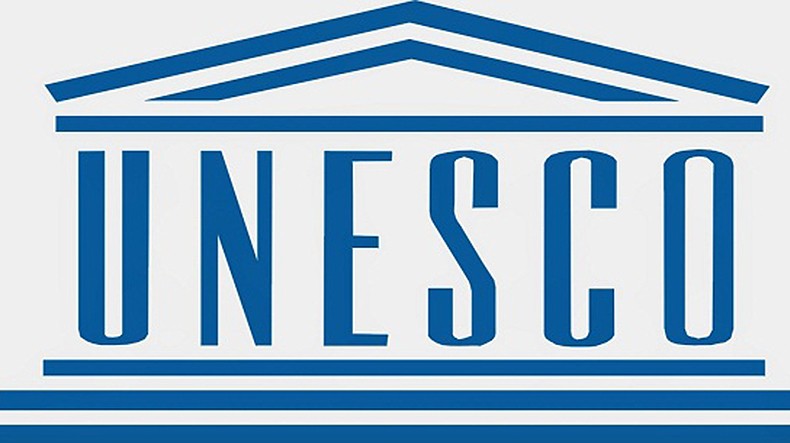
UNESCO Report: Reduced funding of science, ageing researchers, almost no high-tech output in Azerbaijan
The National Strategy for the Development of Science in the Republic of Azerbaijan in 2009–2015 itself recognizes that Azerbaijan’s science and technology (S&T) environment is ill-prepared to realize the country’s innovative potential. Gross domestic expenditure on research and development (GERD) has not kept up with the phenomenal growth in GDP in the first decade of the century, according to UNESCO Science Report Towards 2030 http://www.unesco.org/new/fileadmin/MULTIMEDIA/HQ/SC/pdf/USR_final_interactive.pdf , launched on World Science Day for Peace and Development, 10 November 2015.
The UNESCO experts point out that GERD actually contracted by 4% in real terms between 2009 and 2013, as the share of research and development (R&D) performed by the business sector fell from 22% to 10%. Over the past decade, the number of Azerbaijani researchers has stagnated, even declining in the business sector.
“The ageing of the research body is a key issue in Azerbaijan. Already in 2008, 60% of Azeri PhD-holders were aged 60 years or more. AzStat data suggest that the proportion of researchers under the age of 30 dropped from 17.5% in 2008 to 13.1% in 2013. Moreover, there is no indication of a determined educational effort to bring fresh blood to the research establishment. Tertiary enrolment as a whole has been stagnant and the number of doctoral graduates in science and engineering is dropping, as is the share of women among them; women represented 27% of the total in 2006 but only 23% by 2011. Finding qualified labour has become a serious problem for high-tech enterprises in Azerbaijan,” UNESCO says.
According to the report, the weakness of Azerbaijan’s science, technology and innovation (STI) effort is also reflected in its modest publication and patent record, coupled with very low exports in high-tech goods. A number of qualitative issues underlie these quantitative shortcomings.
Among those issues, the UNESCO experts note the concentration of STI functions in the Azerbaijan National Academy of Sciences (ANAS) and failure of universities to develop strong R&D links with the business enterprise sector. Certain administrative or other hurdles constrain the expansion of private universities. The allocation of government funding to public universities seems to follow popular demand for certain subjects, such as business studies or international relations, and penalize studies in science and engineering disciplines. There appear to be special difficulties in expanding doctoral programmes in regular university departments. R&D equipment is obsolete and the measured productivity of research is very low. Financial allocations to research institutions are not transparent and there is insufficient independent evaluation.
According to the report, the entire spectrum of science–industry linkages remain weak in Azerbaijan. The R&D system consists largely of sectorbased government laboratories and remains ‘isolated from market and society.’
UNESCO highlights that innovative small and medium-sized enterprises are rare but even larger enterprises do not seem to pursue technology-intensive activities. Only 3% of Azerbaijan’s industrial output is high-tech. The growth of technologically intensive activity is constrained by problems in the general business environment, where Azerbaijan ranks near the bottom for Eastern Europe and Central Asia (World Bank, 2011).
Newsfeed
Videos






























